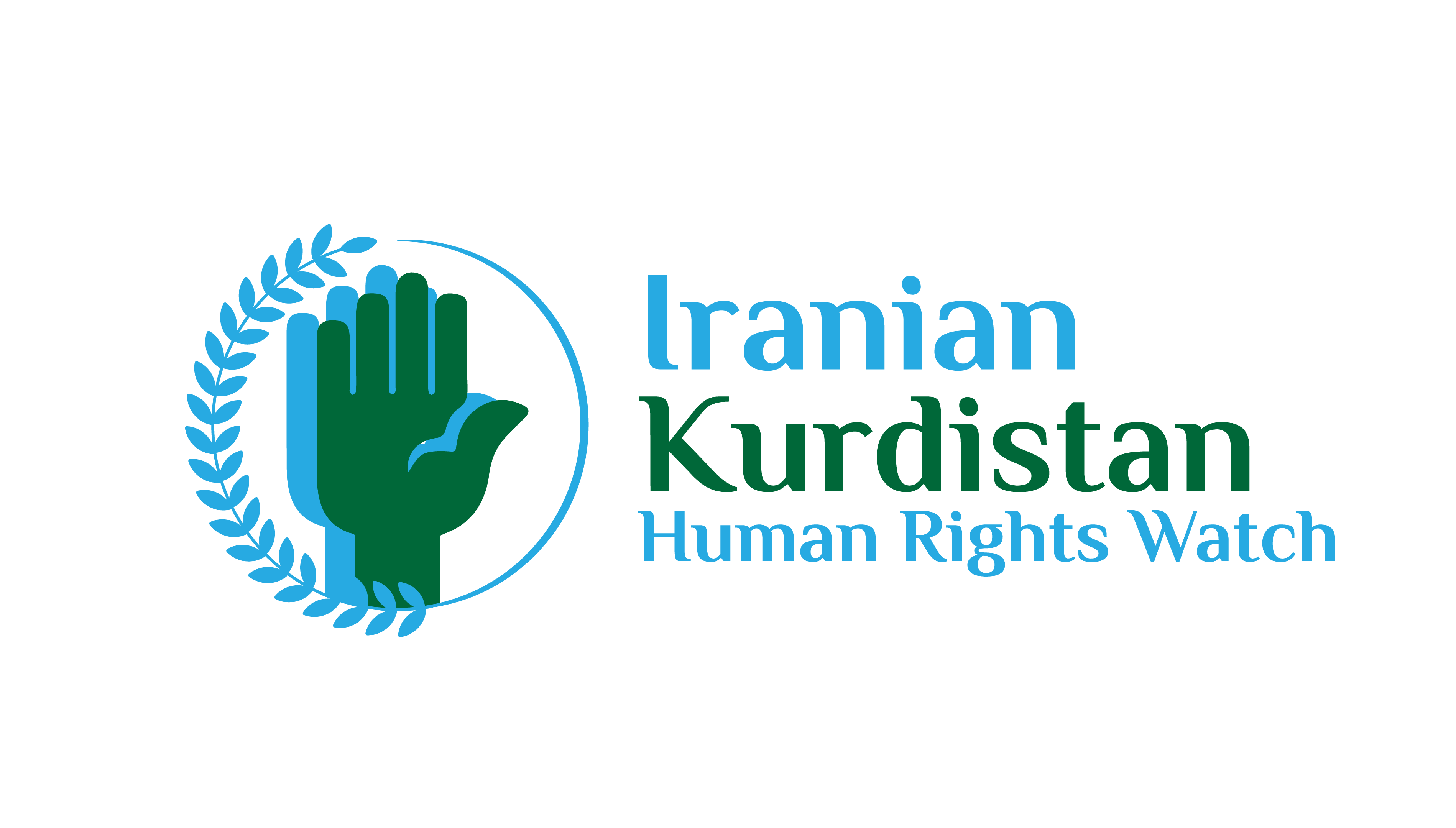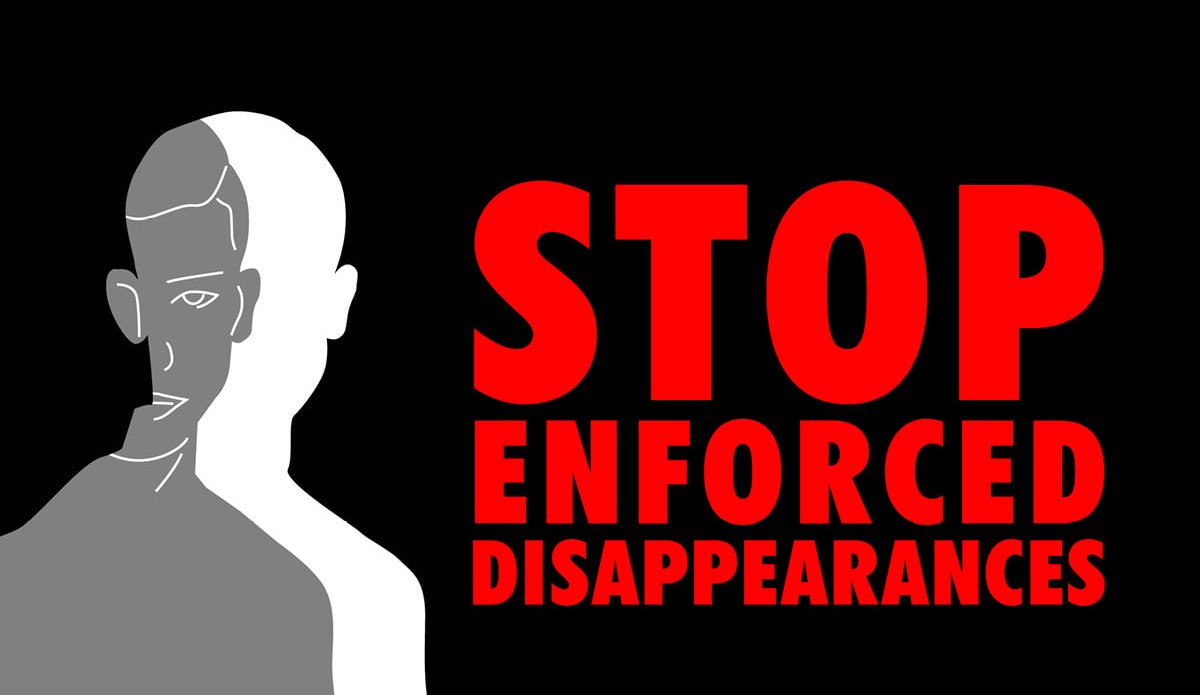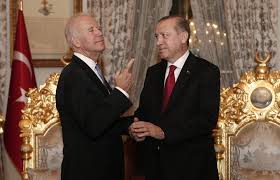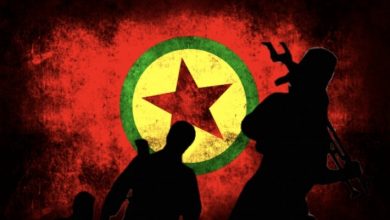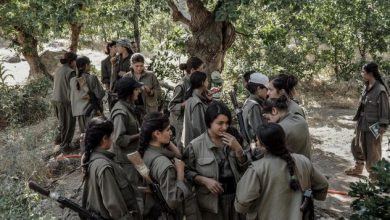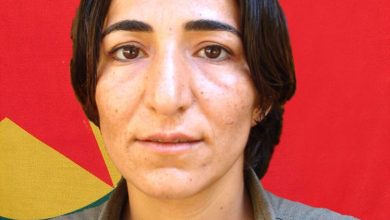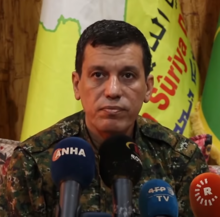Families of victims of enforced disappearances have been caught between hope and despair for years, with no clear answers about the fate of their loved ones and without adequate support from official institutions.
Dr. Zana Sadeqi, Executive Director and Director of International Relations, Iranian Kurdistan Human Rights Watch
Introduction
Every year on August 30, the International Day of the Victims of Enforced Disappearances is observed. This day commemorates the suffering of thousands of families whose loved ones have suddenly vanished without a trace. Enforced disappearance is not only a crime against an individual but also against society and human values.
Iranian Kurdistan is a stark example of this crisis, where individuals are abducted by armed paramilitary groups, leaving families in a state of perpetual uncertainty and pain. In addition to the direct impact on victims, enforced disappearance causes widespread psychological trauma, a lack of justice, and fosters an atmosphere of fear and distrust toward judicial and government systems, along with extensive social and economic problems for families and communities. For this reason, international efforts to prevent and combat enforced disappearances have become crucial. The International Convention for the Protection of All Persons from Enforced Disappearance and UN monitoring committees have provided important legal and operational frameworks.
Defining Enforced Disappearance
The United Nations defines enforced disappearance as: “The arrest, detention, abduction, or any other form of deprivation of liberty by agents of the state or by persons or groups of persons acting with the authorization, support, or acquiescence of the state, followed by a refusal to acknowledge the deprivation of liberty or by concealment of the fate or whereabouts of the disappeared person, which places such a person outside the protection of the law.”
In Iranian Kurdistan, this phenomenon is primarily observed among Kurdish paramilitary groups such as PJAK/PKK, PAK, Democrat, and Komala. Disappearances occur in the following ways:
- Child soldiery and recruitment of individuals under 18: Many teenagers are lured into these groups without their families’ knowledge or with false promises of education and a better future. The vast majority of victims of this tragic phenomenon in armed groups have been minors and teenagers. The conditions in these camps and during training are akin to prisons, and families have no precise information about their children’s status.
- Adults recruited with promises of asylum, work, or education: Unrealistic and deceptive promises are used to recruit individuals who later face harsh conditions and restrictions in the camps.
- Disappearance of those attempting to leave or dissent: Dissatisfied members of the groups are temporarily or permanently disappeared, and their families are left uninformed about their fate.
Statistics and Categorization of Victims
Based on files collected by the Iranian Kurdistan Human Rights Watch, victims of enforced disappearances in Iranian Kurdistan are categorized into four main groups:
PJAK / PKK
Examples: Omid Hosseini, Bahman Zare, Pouya Tabei, Farzandeh Mazloumi, Yasser Mahmoudi, Yousef Alaweh, Yasin Ghourouei, Heyman Zades, Hedayat Rasouli, Hadi Amini, Nian Darvishi, Nemat Aghabaraei,
Nasser Majidpour, Milad Yousefi, Milad Amini, Meysam Mohammadzadeh, Mehran Keikani, Mehran Amani, Mo’tamed Hosseini, Mojdeh Gholami, Mohammad Hossein Shahbazi, Mohammad Yousefi,
Mohammad Navid Dousti, Mohammad Mohammadi, Mohammad Amini, Mohammad Amin Gholami, Mohammad Amin Amiri, Mohsen Arefzadeh, Mobasher Karimpour, Leila Mojarrab, Loghman Naghdi,
Kawsar Mahmoudi, Kamal Mamandi, Kamal Firouzi, Firouz Adak, Fouzieh Mahmoudi, Hasti Asadi, Farshad Amini, Fardin Salehi, Faraz Bahnoord, Ali Norouzi, Sirvan Seyedipour, Shahram Salmani, Sirvan Rasouli,
Sirvan Kheirabadi, Sonia Rouhi, Soheila Kordpour, Sarveh Khani, Saman Kheirabadi, Raouf Ebrahimi, Ribwar Zamani, Rouhollah Arjamandi, Ramiar Kaveh, Seyed Rashed Bainjvin, Dimen Barani, Danial Dousti,
Danial Aminzadeh, Dana Ahmadi, Khadijeh Ebrahimpour, Hamidreza Heidari, Hatam Khounjahan, Chia Yousefi, Jaber Moloudi, Teimour Faraji, Peyman Jafari, Pouria Ghaderi, Bayan Azami, Bayan Ahmadi,
Bahman Ghasemi Ghaleh, Bahman Orami Asl, Behrouz Sobhani, Babak Rahmati, Amin Golestani, Amin Randi Gonbadi, Amir Khani, Elias Hakimi, Elaheh Pour Sadeghi, Afshin Azizi, Asrin Mohammadi,
Arman Ghaderpour, Edris Shafiei Zarneh, Ahmad Bigha, Aboubakr Mohammadi, Ebrahim Izadi, Younes Rostami, Yousef Rabbabi, Yousef Babayi.
It is worth noting that many of these individuals were teenagers or young people under 18 who were victims of child soldiery and prolonged uncertainty. Examples include Yasin Ghourouei, Hedayat Rasouli, Mo’tamed Hosseini, and Mojdeh Gholami.
PAK
Examples: Edris Rahimzadeh, Azhin Amini, Elnaz Aliani, Baha’eddin Veisi, Reza Aziz Zadeh, Reza Ghazi Khani, Ezzat Shakarami, Kazhal Alipour, Masoumeh Soheilzad, Mahdi Khasi, Assad Afrozi, Behrouz Safarian, Parviz Mohammadi, Kharaman Amjadi, Reza Ghazi Khani, Saman Sobhani, Fariba Piri, Ali Rashidzadeh, Mobin Aziznejad, Mohammad Shads, Maryam Ahmadi.
Some of these victims were recruited with promises of work or migration to Europe and later faced pressure and torture. Azhin Amini and Kazhal Alipour are clear examples of child soldiery and enforced disappearance.
PDK-I
Examples: Aria Salehi, Asrin Kazemi, Diako Mohammadzadeh, Sarina Moradkhani, Samira Soufi, Sina Mafakheri, Salah Heydari, Farsib Piri, Farideh Barazkar, Kamyar Valizadeh, Maedeh Aslani, Mohammad Barakhasi, Mohammad Sadeghi, Mojdeh Faramarzi, Mosleh Feizi, Moein Samadi, Naska Ebrahimzadeh, Hiyas Mordayi. This list also includes child soldiers, women, and adults who were pressured and threatened to stay in the group or cooperate with them. Examples: Sarina Moradkhani and Samira Soufi.
KOMALA
Examples: Arman Mardani, Arian Esmaili, Parastou Manbari, Paria Sarvari, Pouya Moharrami, Pishro Mohammadi, Javad Azimi, Chiman Rasouli Kordestani, Dana Pashaabadi, Danial Abdolghaderzadeh, Danial Vahdani, Rangin Mohammadpanah, Zohreh Salehimoghadam, Sariyeh Ghaderi, Sirvan Doureh, Shayan Fattahi, Shoeib Arshadi, Shahriar Khourmehr, Shahriar Motaei, Sheida Shekrollahnejad, Fardin Khasi, Kazem Motaei, Kambiz Manouchehri, Kaveh Hedayati, Kouhsar Dehghan, Kimia Shanazi Dalou, Gouna Salehi, Mohammad Barakhasi, Milad Ahouri, Naska Ebrahimzadeh, Navid Asadi, Helia Abdollahi.
Trauma and Long-term Anxiety for Families
The enforced disappearance of individuals, especially children and loved ones, creates a profound psychological crisis for families. They live in absolute uncertainty, not knowing if their loved one is alive or dead, where they are, or what conditions they are in. This uncertainty leads to anxiety disorders, depression, and persistent feelings of guilt. Many parents of victims suffer from physical problems caused by severe stress, such as high blood pressure, sleep disorders, and psychosomatic illnesses.
Examples: The families of Yasin Ghourouei and Mojdeh Gholami have lived for years in a state of constant worry and fear, with no official body providing answers about their children’s status for many years.
Economic Poverty and Social Isolation
With the disappearance of the head of the household or the family’s breadwinner, many families face serious economic hardship. This financial strain reduces access to education, healthcare, and basic services. In addition, the psychological pressure from constant worry and fear of armed groups leads to social isolation. Families often withdraw from society and neighbors to stay safe from potential dangers.
Examples: Families of victims from the PAK and Komala groups whose heads of household have disappeared have been forced to sell their assets or migrate to other regions.
Lack of Trust in Legal and Government Institutions
Enforced disappearances in Iranian Kurdistan have caused families to lose trust in legal and government bodies. The lack of accountability and legal follow-up intensifies feelings of injustice and social frustration. Many families even refuse to seek legal help or report to the police, knowing that no tangible results will be achieved.
Effects of Child Soldiery on Youth Development and Future
Children recruited by armed groups are separated from their families and safe environments and exposed to military training, violence, and severe restrictions. This experience leads to psychological disorders, educational problems, loss of social skills, and in many cases, physical harm.
Examples: Moein Samadi, Helia Abdollahi, and Kazhal Alipour, all under 18, were forced into military activities and hard physical labor, an experience that has had long-lasting psychological and social effects on their futures.
The Role of Armed and Paramilitary Groups
Creating Fear and Social Control
By disappearing individuals and threatening families, armed groups instill fear and pressure on society. This strategy allows them to control the local population and suppress protests or criticism. Families are prevented from protesting or revealing information due to fear of retaliation from the groups.
Compensating for Manpower Shortages
Groups use the forced recruitment of teenagers and adults to compensate for a shortage of personnel for their military and administrative activities. This process forces many individuals with no knowledge of or interest in military activity into camps through coercion or false promises.
Pressure and Threats on Families and Dissenting Members
Individuals who intend to leave or oppose the group are put under severe pressure and threats. Their families are also exposed to threats and violence due to their connection to the victims. This pressure leads to silence and concealment among families and the local community.
Calls to Action by Iranian Kurdistan Human Rights Watch
Pursue the Rights of Victims and Support Families
Iranian Kurdistan Human Rights Watch calls on the United Nations and other international human rights bodies to:
- Follow up on the status of all victims of enforced disappearance in Iranian Kurdistan.
- Ensure the rights of families in the process of tracing and clarifying the fate of the disappeared are respected.
- Establish effective legal and humanitarian mechanisms to inform and support families.
Pressure for Transparency on the Fate of the Disappeared
The Watch requests that international organizations use diplomatic tools, sanctions, and documented reports to:
- Force groups and institutions responsible for disappearances to provide accurate information.
- Take necessary measures to prevent the recurrence of such disappearances.
- Guarantee transparency in the process of returning victims or providing information about them.
Documentation and Publication of Accurate Reports
The Iranian Kurdistan Human Rights Watch emphasizes that:
- Comprehensive documentation of victims, including age, gender, conditions of disappearance, and the responsible group, is essential.
- This information must be formally and verifiably made available to international human rights bodies.
- Accurate documentation provides a basis for legal investigations and international pressure against the offending groups.
Establish Independent Systems for Registration and Follow-up of Disappearances
The Watch requests that:
- An independent and credible system be created to register information on the disappeared.
- Families can register information about their loved ones and have an official follow-up process.
- Access to this system be provided to human rights bodies and international organizations.
Educating and Raising Awareness in Society about the Dangers of Armed Groups
The Watch calls for educational and awareness-raising measures so that:
- Citizens become aware of the dangers of armed groups recruiting teenagers and individuals.
- Families and the community learn how to counter threats and future disappearances.
- The role of media and local activists in raising awareness and preventing disappearances is strengthened.
Imposing International Sanctions and Punishments on Offending Groups
Iranian Kurdistan Human Rights Watch stresses the need for international action to sanction and punish armed groups responsible for disappearances and to prevent the continuation of their illegal activities and reduce harm to the local community.
Collaboration with Media and Human Rights Activists to Expose the Crisis
The Watch asks media and human rights organizations to:
- Publish reports, interviews, and documentaries about the victims of disappearance.
- Increase international pressure on the relevant groups and countries.
- Convey the voices of victims and families to the global community to ensure that justice and necessary support are provided.
August 30, the day of remembrance for the victims of enforced disappearance, is a reminder of our moral and human duty. The suffering of families and the community in Iranian Kurdistan shows that enforced disappearance is more than an individual act—it is a social, psychological, and human rights crisis. Iranian Kurdistan Human Rights Watch believes that accurate documentation, legal follow-up, and the publication of reports can play a significant role in restoring justice, ensuring the rights of victims, and instilling hope in families.
